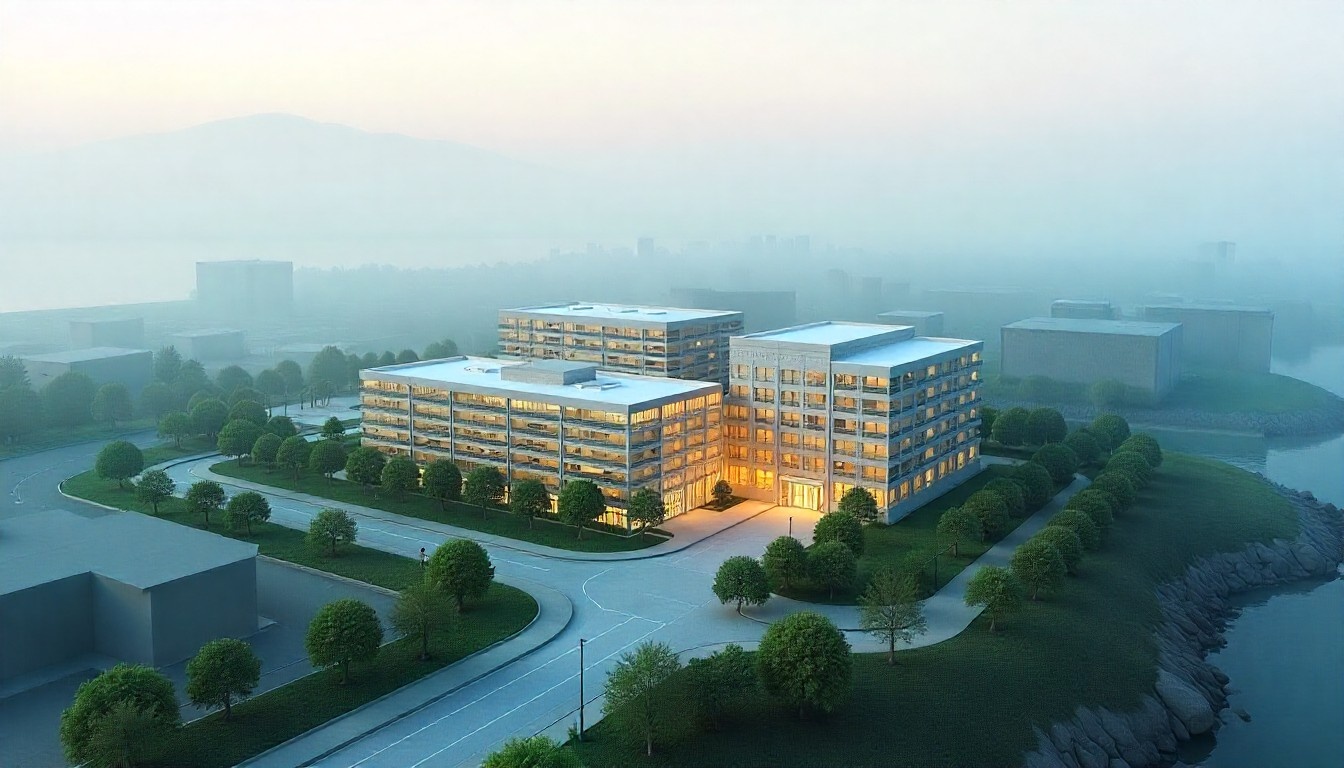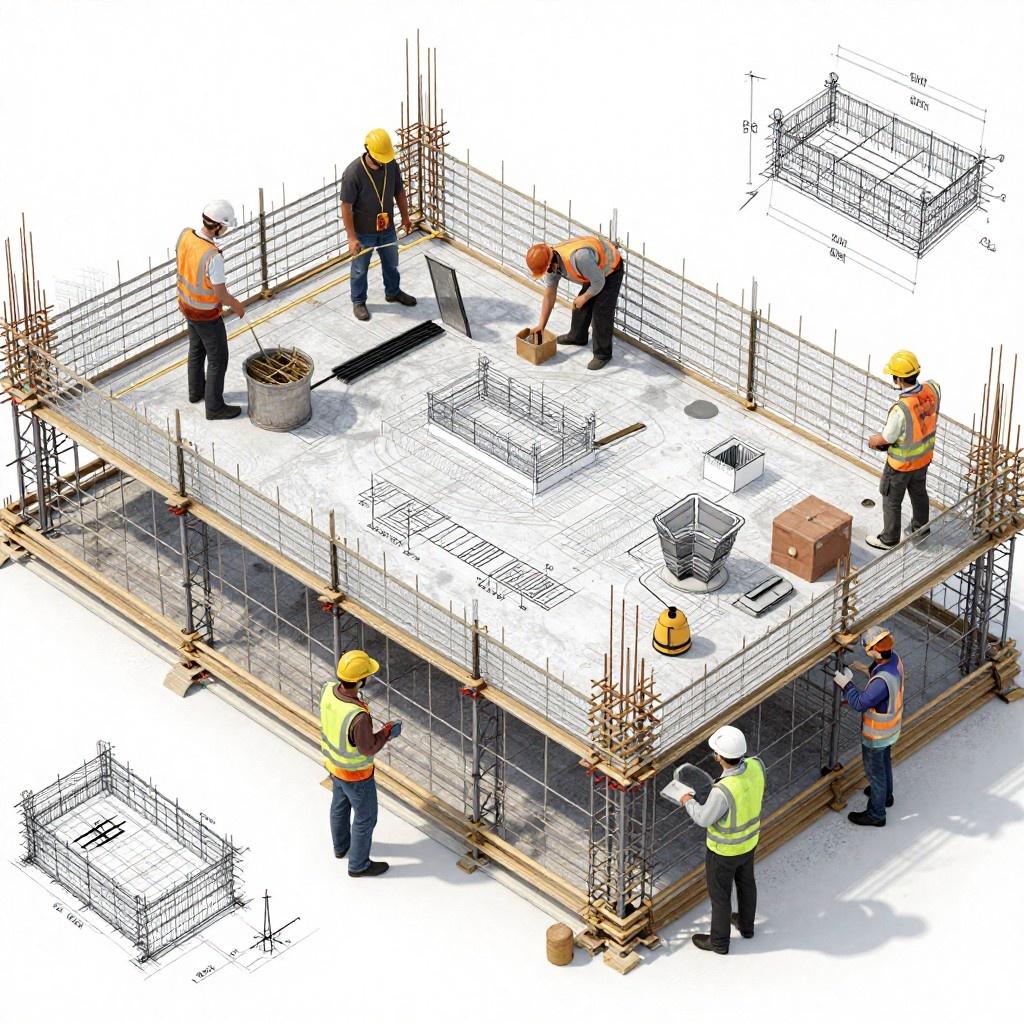Introduction to LEED Certification in the BIM Era
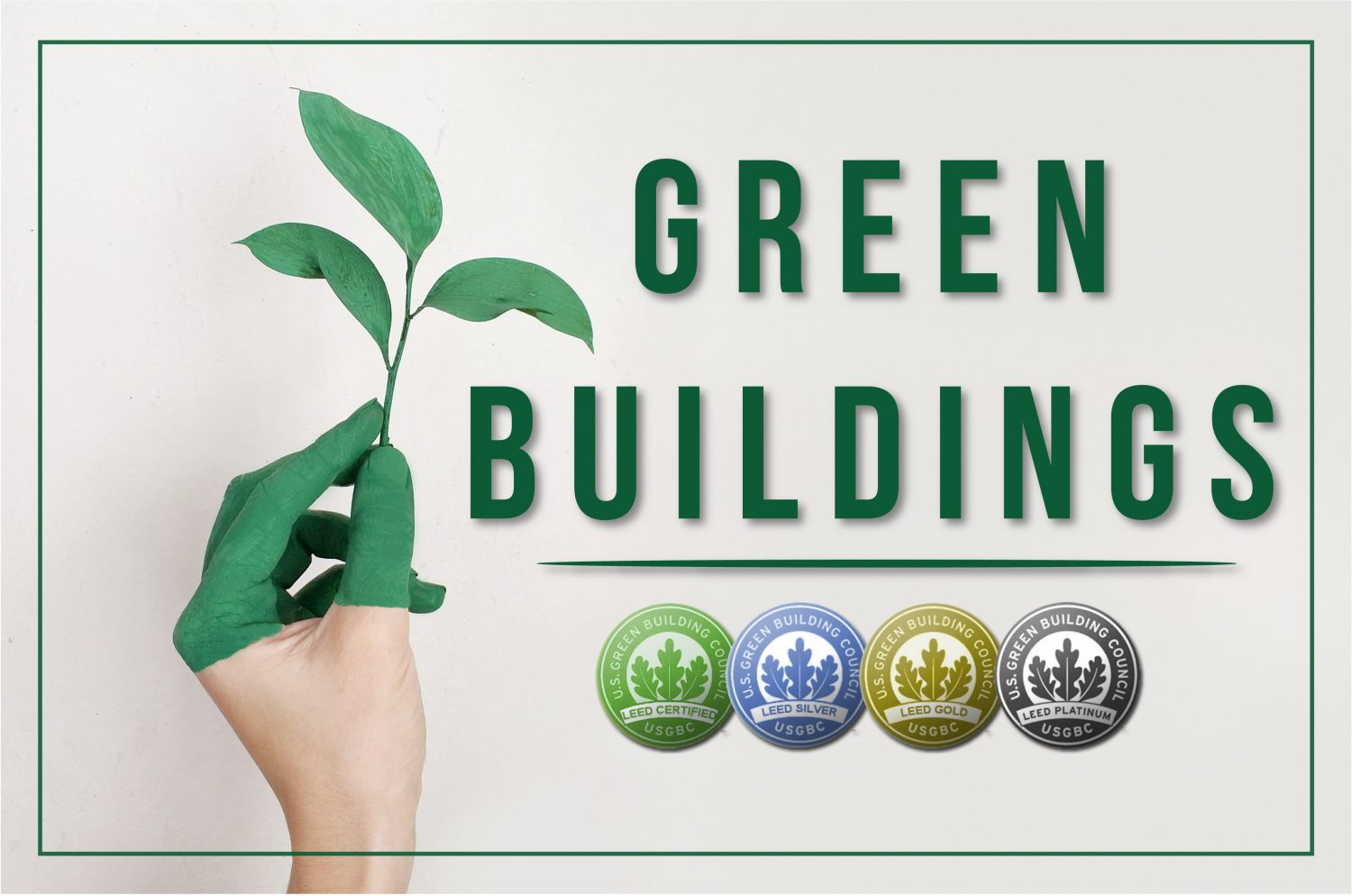
The requirements for LEED certification are at the forefront of the global conversation about environmentally sustainable building, green design, and climate change. The outcome is the U.S. Green Building Council's (USGBC) Leadership in Energy and Environmental Design (LEED) framework, which is arguably the most well-known sustainability framework available. Improving building performance and occupant well-being while reducing environmental impacts is its obvious and compelling goal.
Getting LEED certified used to be a difficult, time-consuming procedure. Teams used to balance spreadsheets, manually filled-out reports, and disjointed documentation. But since the advent of Building Information Modeling (BIM), the documentation, verification, and compliance process for LEED certification has completely changed. BIM now provides real-time data tracking, streamlined processes, and even automation tools that drastically cut labor expenses.
This blog discusses the LEED foundations of the BIM era, including eligibility, rating systems, documentation, process, and how innovative technologies are changing sustainable design.
LEED Minimum Program Requirements (MPRs)
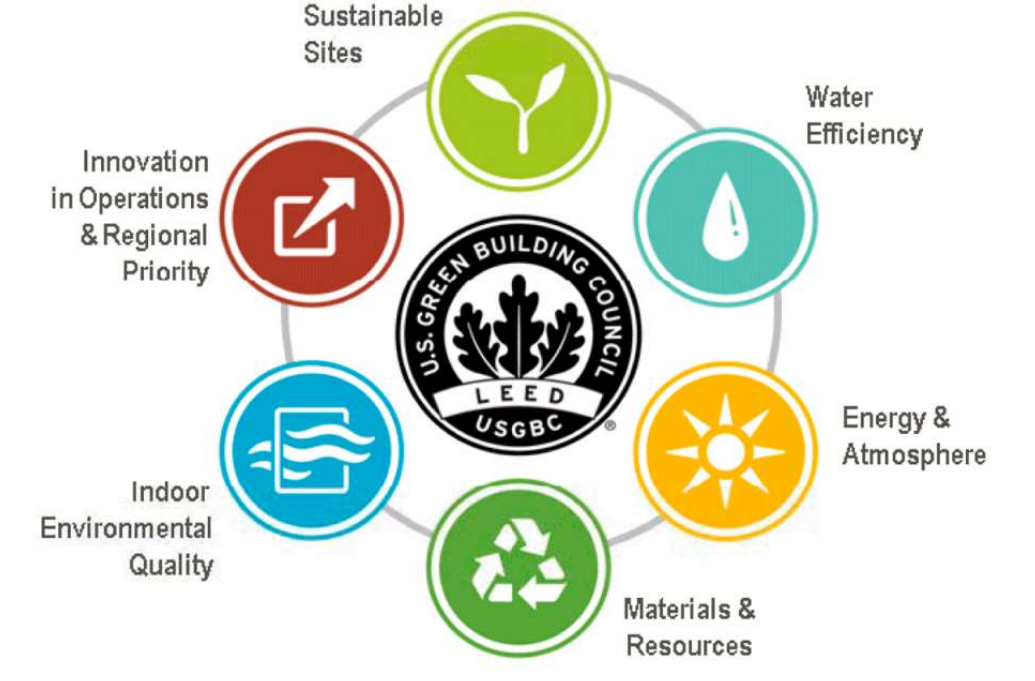
All projects must meet the Minimum Program Requirements (MPRs) before starting the LEED process. Take these as the starting point for eligibility:
- Permanent Location: There must be no plans to move the project from its current location.
- Reasonable Boundary: Every area included in the certification must fall inside a distinct, sensible boundary.
- The minimum project size is usually 1,000 square meters for buildings, or a certain floor area based on the rating system.
- By fulfilling these requirements, projects can be evaluated equally under the global LEED standard
Understanding LEED Rating Systems & Certification Levels
There is no one-size-fits-all approach to LEED. Instead, it provides customized systems based on the kind of project:
- Building Design + Construction, or BD+C, is used for new construction or major remodeling.
- ID+C (Interior Design + Construction): For projects involving commercial interiors and tenant spaces.
- Operations + Maintenance, or O+M,: For performance monitoring and improvements to already-existing structures.
- Homes: For residential work in single-family and multi-family homes.
- For master plans and more extensive community-scale projects, use ND (Neighborhood Development).
By meeting various credit requirements, projects earn points. The level of certification is determined by the sum total:
Certified: 40–49 points
Silver: 50–59 points
Gold: 60–79 points
Platinum: more than 80 points
Because of its adaptability, LEED can be used in a variety of settings, including residential high-rises and corporate campuses.

LEED Checklist for Existing Buildings
LEED certification of existing buildings is a high-impact approach because existing structures use more resources than new ones. For ongoing projects, a LEED checklist typically consists of:
Installing water benchmarks, conducting energy audits, and implementing operations policies are prerequisites.
Energy Performance: Use renewable energy, improve insulation, and retrofit HVAC.
Indoor Environment: Use low-VOC products, improve ventilation, and practice green cleaning.
Water Efficiency: Run cooling towers, improve irrigation, and install new fixtures.
Materials & Waste: Put recycling initiatives and sustainable buying methods into action.
Documentation: Keep track of ongoing performance improvements in verifiable records.
Buildings that are already in use can obtain certification while lowering operating costs by focusing on measurable performance improvements.
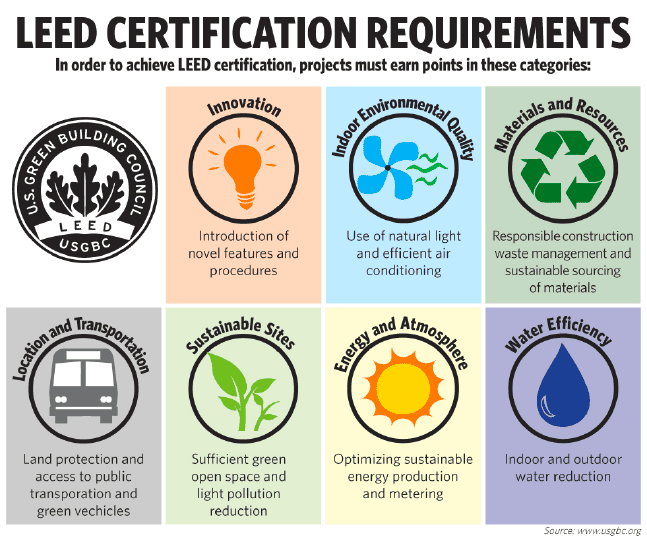
Key LEED Credit Categories for Sustainable Buildings
Projects that are certified must earn points in seven main areas:
Location & Transportation: encouraging public transportation and reducing the use of cars.
Water Efficiency: Cutting down on usage with smart irrigation and plumbing.
Energy & Atmosphere: Optimizing commissioning, renewable energy, and energy performance.
Materials & Resources: Making use of low-carbon, responsibly extracted, and recycled materials.
Enhancing daylighting, acoustics, and air quality are all aspects of indoor environmental quality.
Innovation – Recognizing innovative strategies over typical credits.
Regional Priority – Prioritizing local environmental concerns as identified by USGBC.
Each category is indicative of sustainability values as aligned with worldwide climate and health objectives.
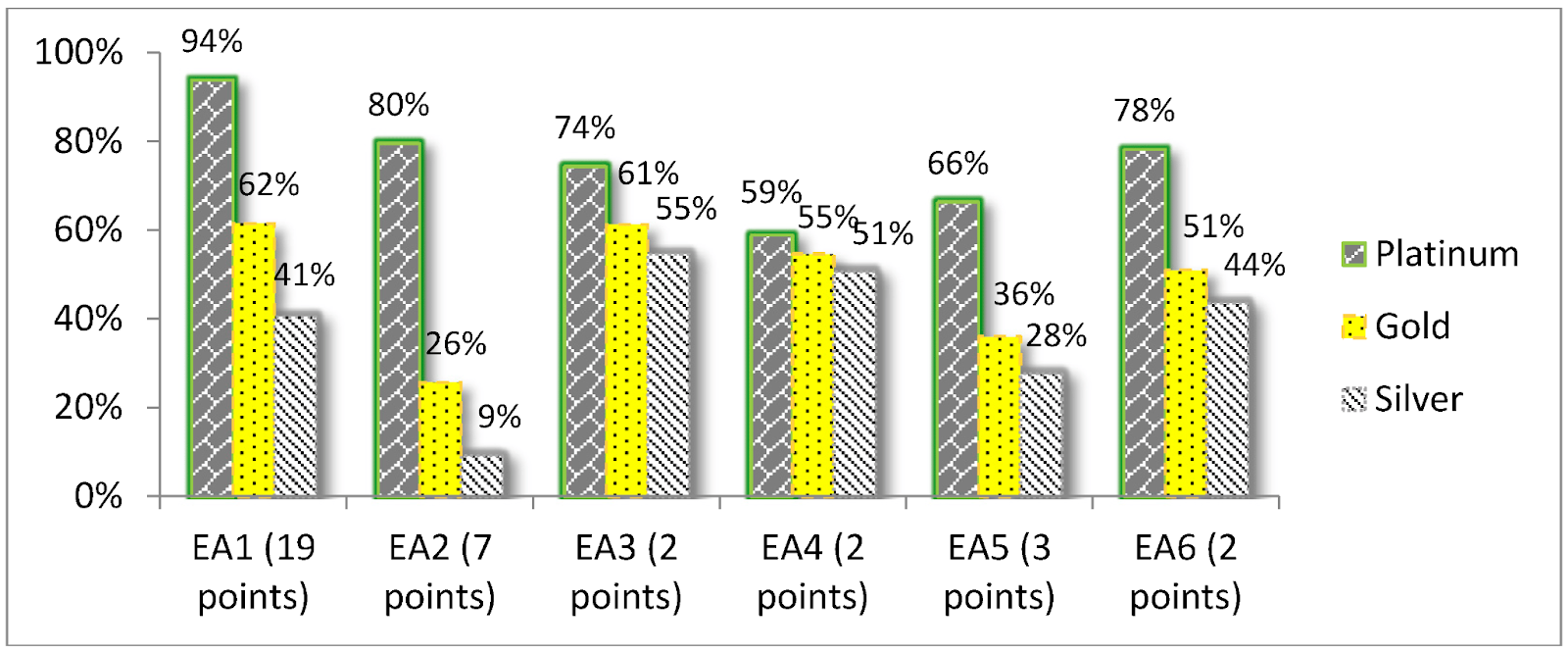
LEED Application Process & Fees Overview
- A methodical procedure is involved in obtaining LEED certification:
- Registration: Start on the official website, LEED Online.
- Application & Documentation: Send in all required credit reports.
- Review: The first and last reviews are carried out by USGBC.
- Decision & Appeal: Teams have the option to accept outcomes or challenge credit decisions.
- The fees are separated into:
- Registration costs are set according to the project.
- Fees for certification reviews are tier-based according to membership level, project size, and type.
- Early preparation with well-documented LEED certification saves delay and appeal expense.

How BIM Enhances LEED Documentation & Compliance
BIM simplifies the LEED certification process by centralizing project data and automating documentation workflows.It ensures accurate tracking of materials, energy models, and sustainability metrics required for compliance.Real-time collaboration helps project teams align with LEED prerequisites and credits more efficiently.The digital model minimizes errors, reduces manual paperwork, and accelerates submission timelines.Ultimately, BIM enhances transparency, making LEED documentation and compliance smoother, faster, and more reliable.
.png)
BIM gives LEED certification a new level of effectiveness
In order to be eligible for energy credits, BIM software generates simulations of building performance.
Mterial tracking: Compute material volumes automatically and link them to sustainability data.
Centralized Database: Keep all documentation from a single source of truth.
Design Iterations: As designs evolve, quickly update compliance reports.
To put it briefly, BIM saves time, minimizes manual errors, and keeps teams consistent.
Automating LEED Submissions with Advanced Technologies
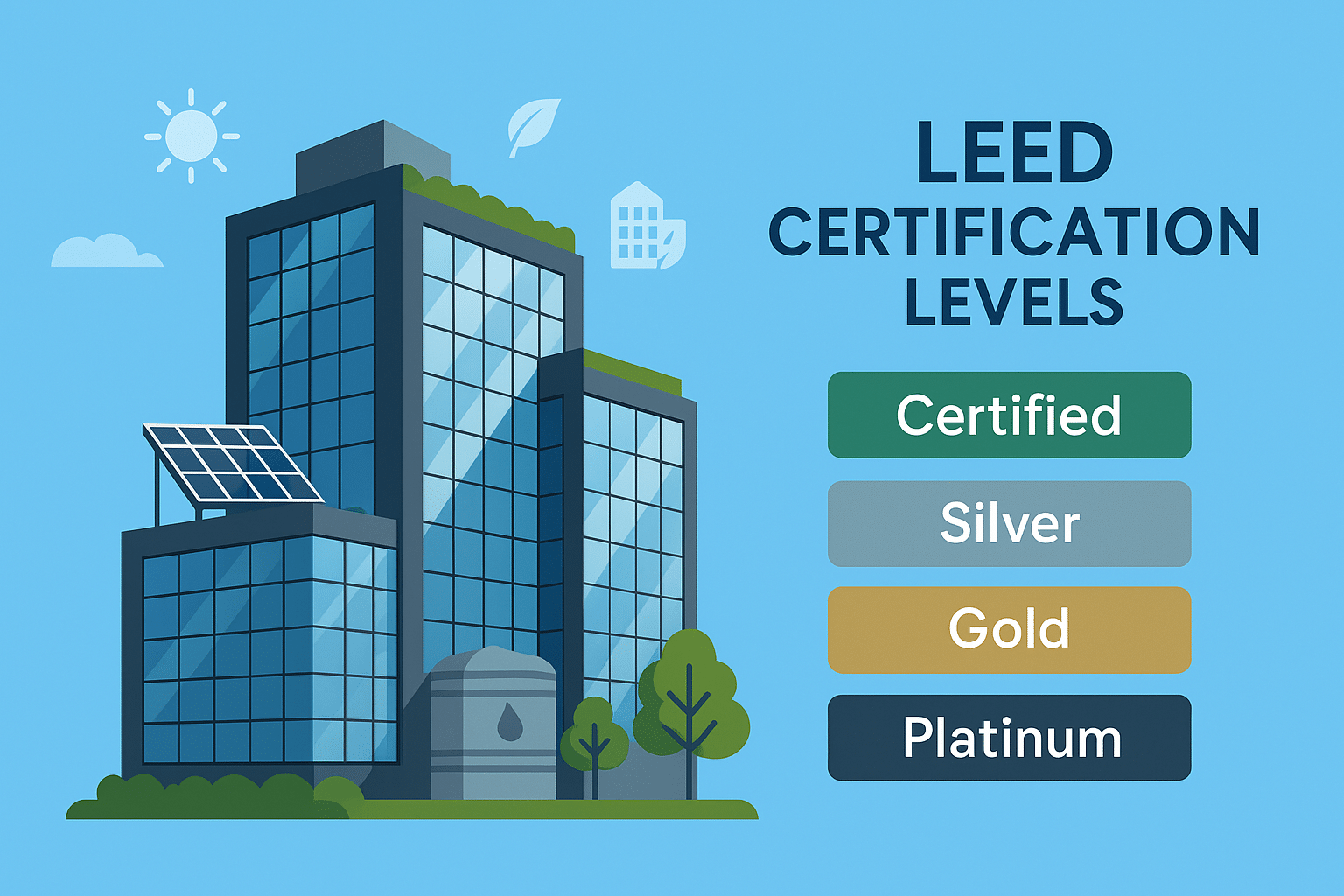
Automated aside, beyond BIM, there are new technologies emerging. Leading platforms with AI, computer vision, and Large Language Models (LLMs) now:
- Identify possible credits from BIM models.
- Auto-create compliance reports.
- Eliminate tedious data entry.
- Offer real-time dashboards for tracking progress.
- This shortens certification times considerably and improves accuracy.
- Challenges in Integrating BIM with LEED Requirements
- Apuabsolutely clear benefits, there are challenges:
- Workflow Alignment: LEED Online forms don't always align with BIM data outputs.
- Data Validation: All BIM inputs aren't verified to USGBC standards.
- Version Changes: Updating BIM templates for each change in LEED versions is time-consuming.
- Skill Gaps: Teams require BIM and sustainability skills to achieve optimum benefits.
- These issues can be addressed with proper planning, though.
Highlights of LEED v5 and Upcoming Updates
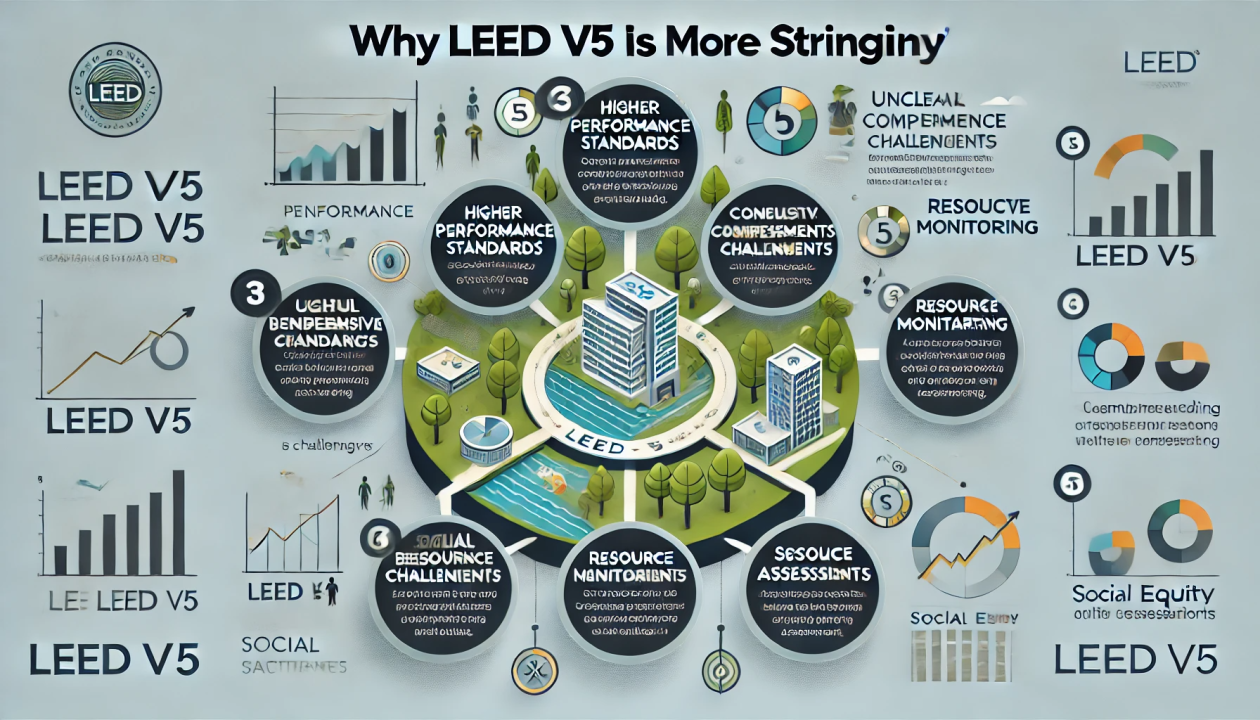
Highlights of LEED v5 and Upcoming Modifications
The newest set of green building standards is called LEED v5. The main points of interest are:
Embodied Carbon Reductions: Materials' life-cycle carbon analysis is required.
Energy Baselines: Strict requirements for renewable energy and energy efficiency.
Health and Equity: Emphasizing the needs for social equity and occupant health.
Conclusion
BIM is redefining the path to LEED certification by streamlining compliance, cutting costs, and reducing risks.Advanced automation ensures projects achieve sustainability goals with greater efficiency and accuracy.With LEED v5 on the horizon, BIM-driven strategies will give businesses a decisive edge in building greener, future-ready assets.
FAQs
What are the minimum requirements for LEED?
Projects need a permanent location, a reasonable boundary, and a minimum project size requirement.
Which syste of LEED should I use?
Select on type of project: BD+C (new construction), O+M (existing building), ID+C (interiors), Homes (residential), or ND (community-scale).
What is the time needed to acquire certification?
6 months to 18+ months depending on the project complexity and documentation time.
Where does BIM fit in LEED?
BIM allows for modeling, documentation, tracking credits, and automating compliance to submit quicker and with more confidence.
What's new in LEED v5?
Look for tighter carbon requirements, required embodied carbon tracking, and healthier and more equitable standards.
